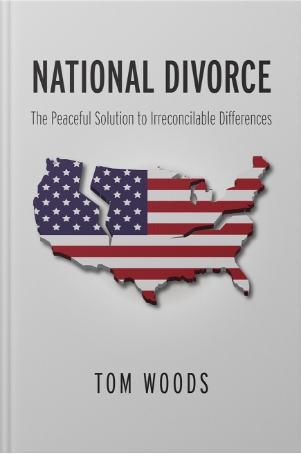I hope you’re sitting down for this: coverage of the “fiscal cliff” is a lot of hype.
Bob Murphy looks at the numbers and concludes that if the government goes over the “cliff,” then some $9 billion in cuts will take place. That’s three-tenths of one percent of government spending. By 2014 U.S. government spending will be above where it was this year.
The deficit will go down by $487 billion, according to the Congressional Budget Office, if nothing is done to avert the cliff. Of that $487 billion, the aforementioned $9 billion will be due to spending cuts. The other $478 billion will occur thanks to increased tax revenues.
So 1.8 percent of the deficit cuts will come from spending reductions, while the other 98.2 percent will come from increased tax revenues. When the economy fails to revive, this will be blamed on the alleged “austerity” program of the federal government, without noting that the laughable “spending cuts” were vastly exceeded by the tax increases.
Daniel Kuehn, Bob’s nemesis, crunches the numbers a bit differently, but still finds a vast imbalance between spending cuts and tax increases, and agrees with Bob that the panicked talk is overblown.







